At the beginning of August 2022, the Lake House received Passive House certification. As well as the owners' joy at paying low energy bills without sacrificing comfort, the certification also comes with confirmation that the work involved has been well done. Wood magazine has detailed each stage, with the full openness of Ion Iosif, the owner of the house, to share his experience. Find all the videos of this project on roadulsprecasă.ro.
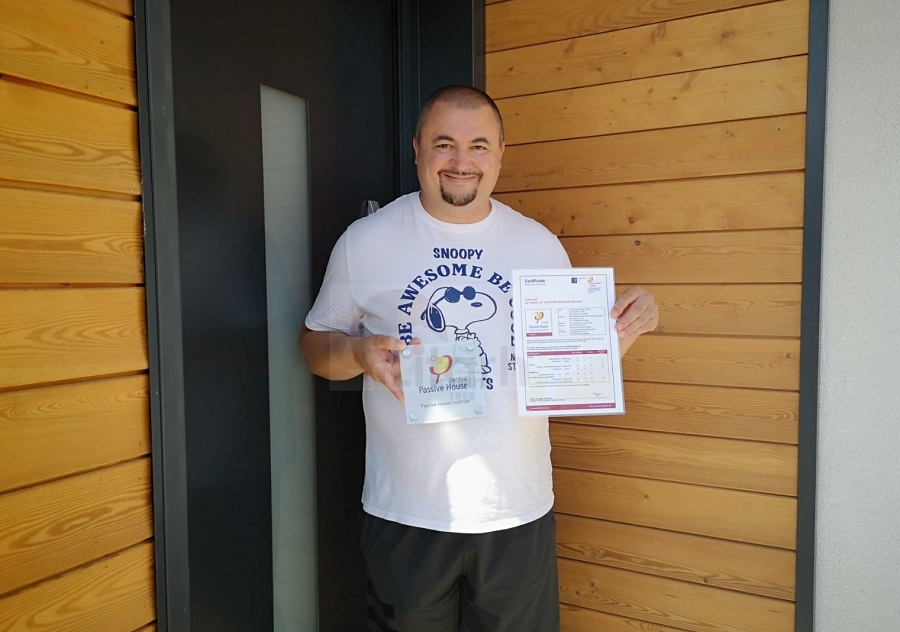
The house is on prefabricated wooden panel structure and was built by Litarh. The experience gained in the construction of timber frame houses in many European countries, but also in Romania, has spoken for itself. The house by the lake is well built, very well insulated, without thermal bridges and airtight according to the criteria of a passive house. Tests carried out both during the work and at the end prove this.
Architect Adriana Sîngeap was in charge of the certification process. Adriana attended the first Passive Case organized by OAR and INCERC Bucharest. He also participated as a volunteer in the translation of the course. After passing the specialized exam - marked by representatives of Passive House Institute (PHI) in Germany - was granted the right to practice for 5 years as a PHI designer, to use the logo and to be listed on their official website. The right to practise is automatically extended if they certify a PHI house within 5 years of the exam, which they did by certifying the House by the Lake.
I learned more about the certification process from Adriana.
What does your work consist of? What did you do, basically, to certify Ion's house?
I handled the PHI certification part of the "House by the Lake" from the PHI designer's point of view. The first step was to make a service offer that I sent to the beneficiary. Following the approval of the offer, I started the interdisciplinary work with gathering and processing of information through discussions with all the other parties involved: certifier, designers, contractors.
What are the steps to certify a passive house?
Phase 1 is called "Pre-certification" (the main examination) and Phase 2 is called "Completion of certification".
It requires a PHI designer (in this case, me) and a PHI certifier, both accredited by the Passive House Institute in Darmstadt, Germany through specialized courses and exams. Both the designer and the certifier must be independent and neutral in order to correctly, objectively assess all components of the house undergoing the PHI certification process.
The certifier creates an online link with account and password access, where the designer uploads several required documents (PHPP calculation, data sheets, pictures, descriptions, etc.). There are a total of 9 chapters with 50 subchapters in this link. The certifier checks all uploaded documents, asks for clarifications - if any, approves the correct parts and at the end will ask for the certificate and the facade plate from PHI. Progress on the link is easily tracked via a graduated bar from 0% to 100%.
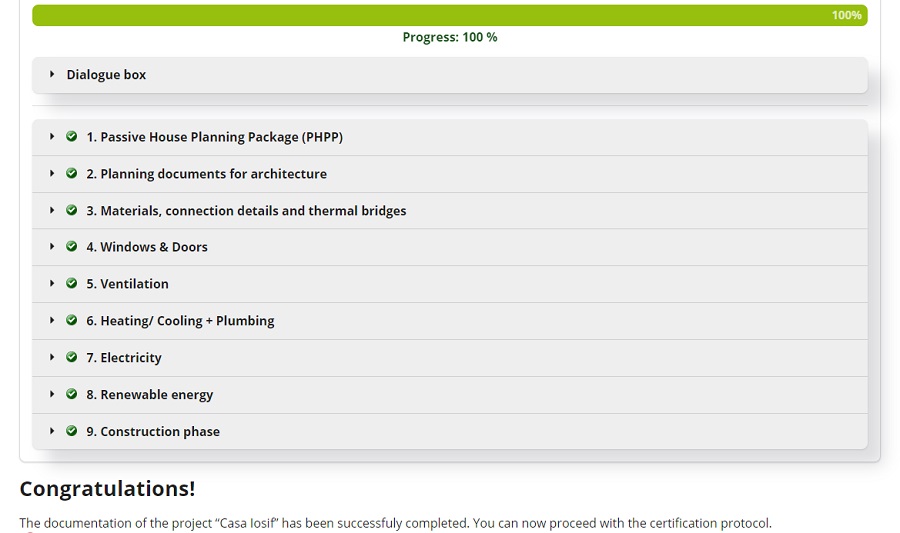
What are the criteria for certification?
The criteria are those listed in the 9 chapters in the photo above. They basically encompass the requirements of energy efficient houses (the 5 criteria already known to those who follow you: continuous thermal envelope, increased airtightness, high performance triple glazed windows, heat recovery ventilation and lack of thermal bridges). But they also include information on increased interior comfort, very low fuel consumption and construction quality that will remain unchanged over time.
What were the results of the Lake House?
The results were very good thanks to the involvement and attention of the beneficiary. His desire to create a healthy and energy-efficient house resulted in a heating requirement of 15 kWh/m² per year, a cooling requirement of 14 kWh/m² per year and a tightness of n50=0.51/h (number of air changes/hour at a pressure of 50 Pascali).
For more technical details, please visit here Passive House Institute link where this information was published.
When was the certification of the Lake House received?
Early August 2022 (the whole IHP certification process took about 1 year and ran in parallel with the construction site).
What would you like to say about its energy efficiency to those who want to build a house?
In the current political context, our anxieties translate monetarily into our comfort and standard of living. That's why it's good to do the right things, organise ourselves in advance and plan our budget realistically to be independent. I believe that everyone can optimize themselves to take advantage of what nature gives us for free (through soil, water, wind and sun). More recently, Romania's alignment with the EU legislative framework is "forcing" us to reach normality. nZEB. Passive and energy-efficient homes are subject to even stricter criteria than nZEB, but the benefits are seen over time (lower maintenance costs, healthier environment, increased home value over time).
What do you recommend to those who don't want to certify their home but want to have an energy efficient home?
Several of the homes I work on chose not to go through with the certification process, aware of the extra work. I understood this and supported them. I believe that you can build well without this last step. I have helped these beneficiaries with estimates, on-site optimisation and integrated details.
But from experience, I can say that everyone involved is much more careful if they know it will be certified in the end!
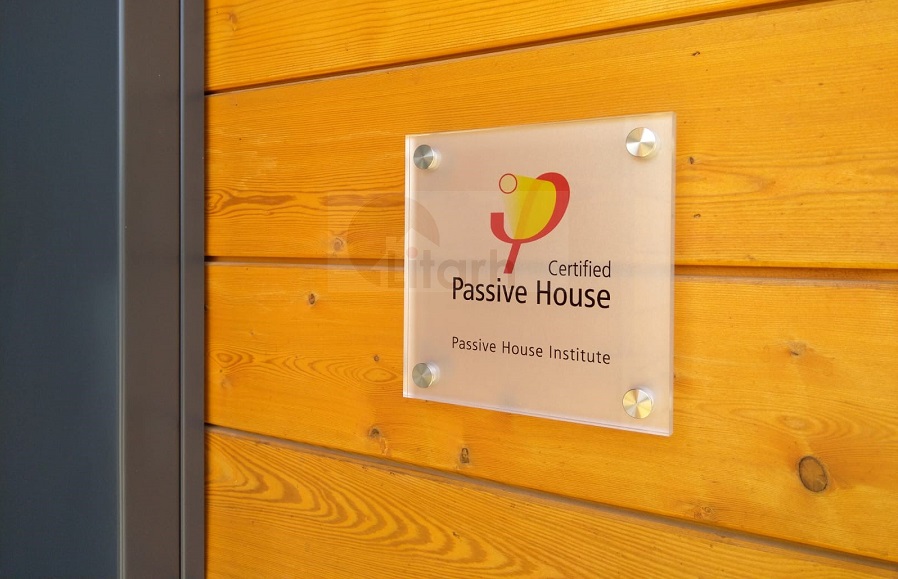
Passive house is about comfort with very low conventional energy consumption
Building a passive house is not a fad or a fashion, it is an expression of forward thinking. Even if the first passive house was built 30 years agoNow the need for such houses is more topical than ever. The very difficult global context is forcing us to find solutions to preserve, as far as possible, the comforts acquired after almost 400 years of industrial revolutions.
We are all scared of winter because we know we will have to pay more and conditions will be worse. Those who were more farsighted and insulated their homes are a little more reassured, but not by much. If you want a new home, make sure you are comfortable by thinking ahead. A passive house has up to 75% less energy consumption for maintenance than a normal built house and up to 90% less than an old house. There are solutions to use the heat from the sun or from the ground, heat from our bodies or electrical appliances can be recovered.
This is the kind of information Ion started with when he thought about building his house. He didn't want a big house but a comfortable one with minimal maintenance costs. He researched, consulted, chose the best solutions and invested in the future. Now he has received confirmation that the choices were right, the people involved worked well and everything turned out the way he wanted. To avoid headaches in the future, build like Ion! 🙂
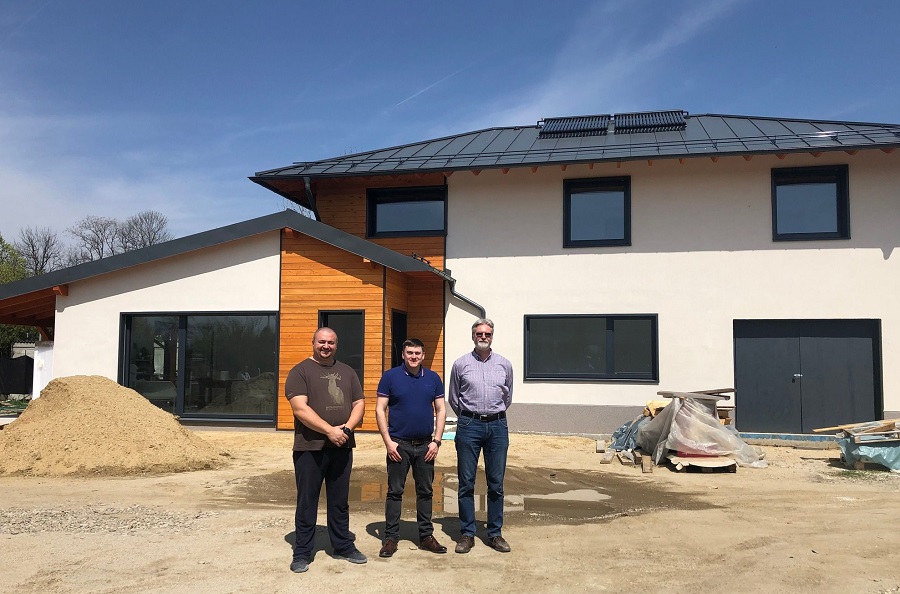
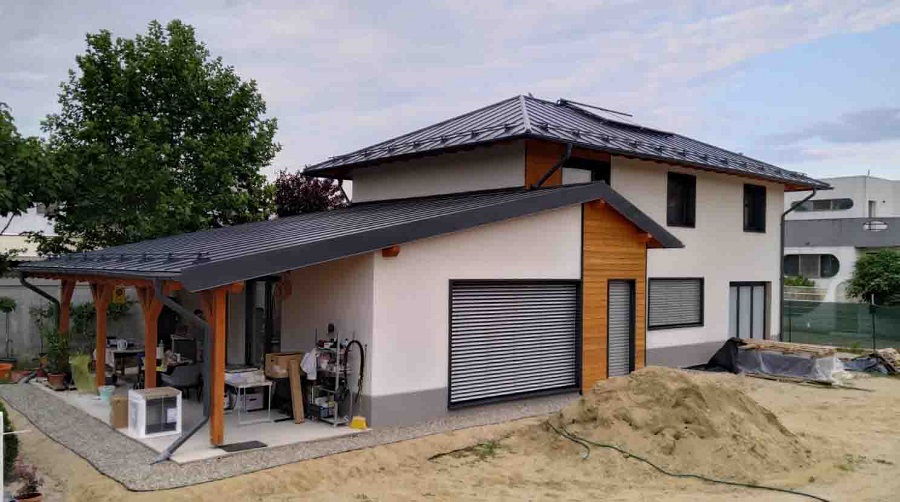

















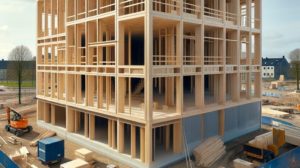
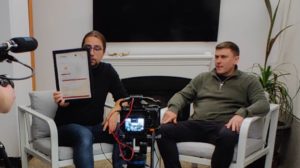
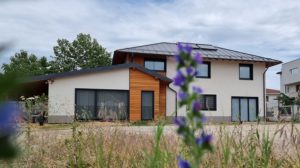
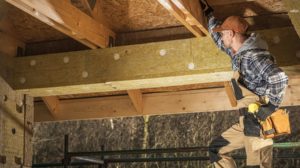
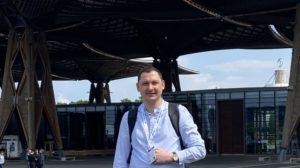
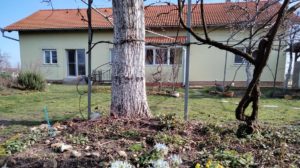
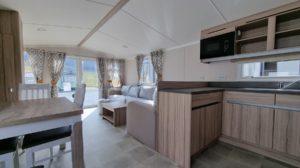
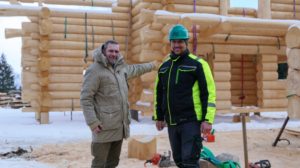


Add comment